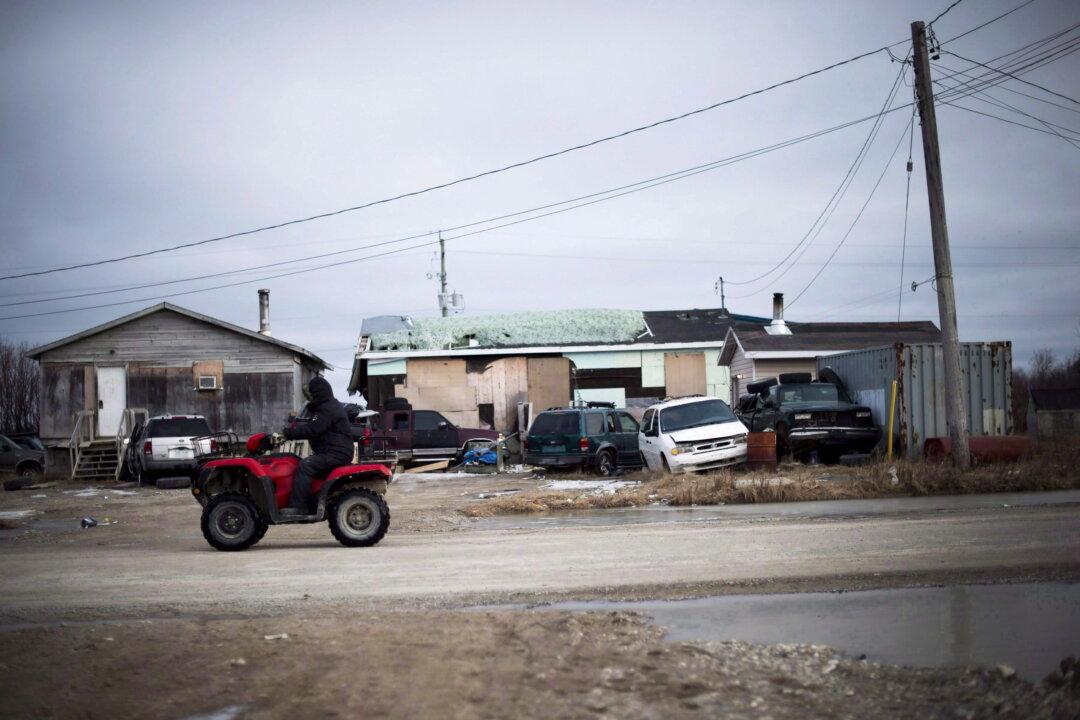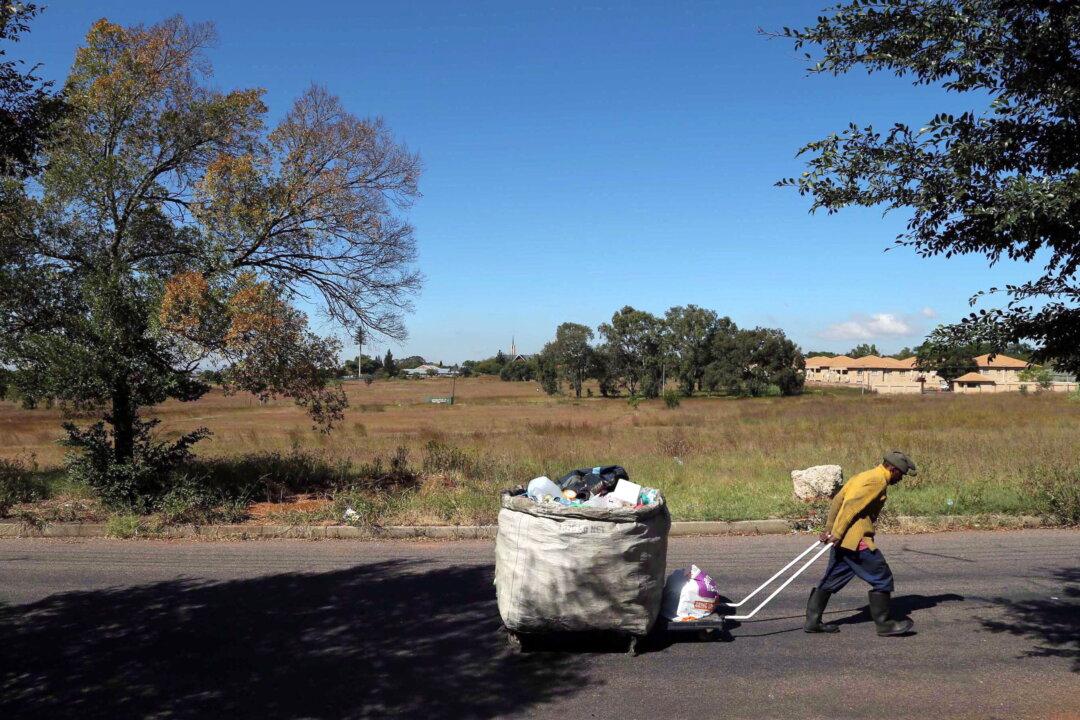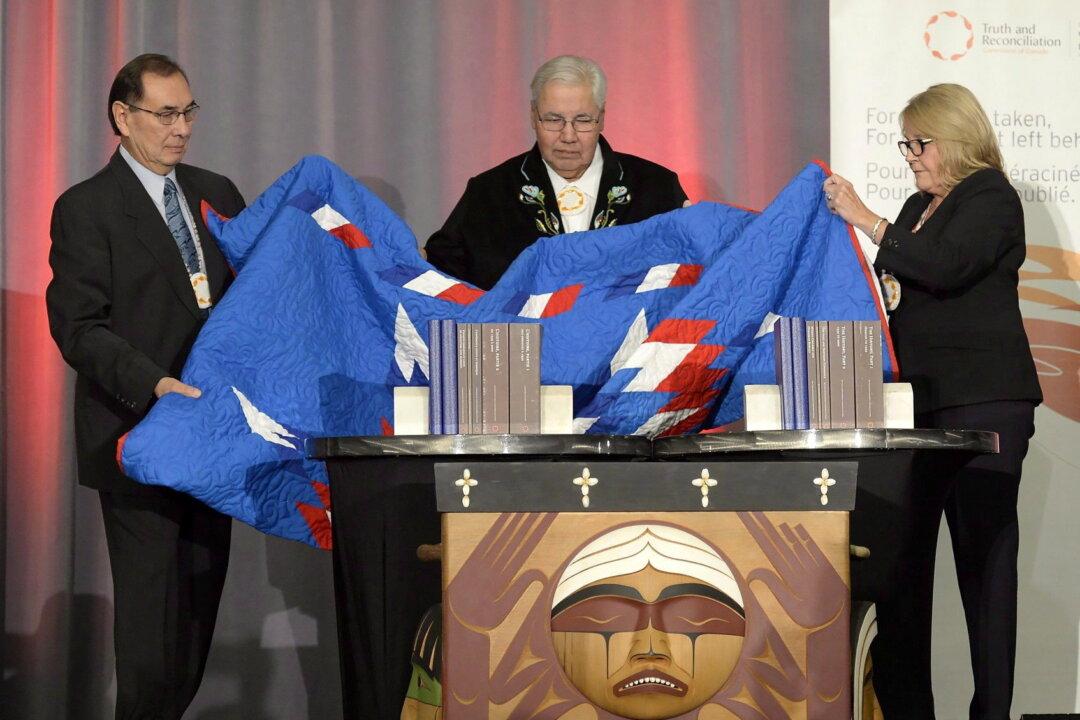Commentary
Here is a question that many Western Canadians, especially those living in rural areas, could answer. “If you were blindfolded and dropped off on a First Nation or a Hutterite colony, would you know where you were if you did not see any people?”





